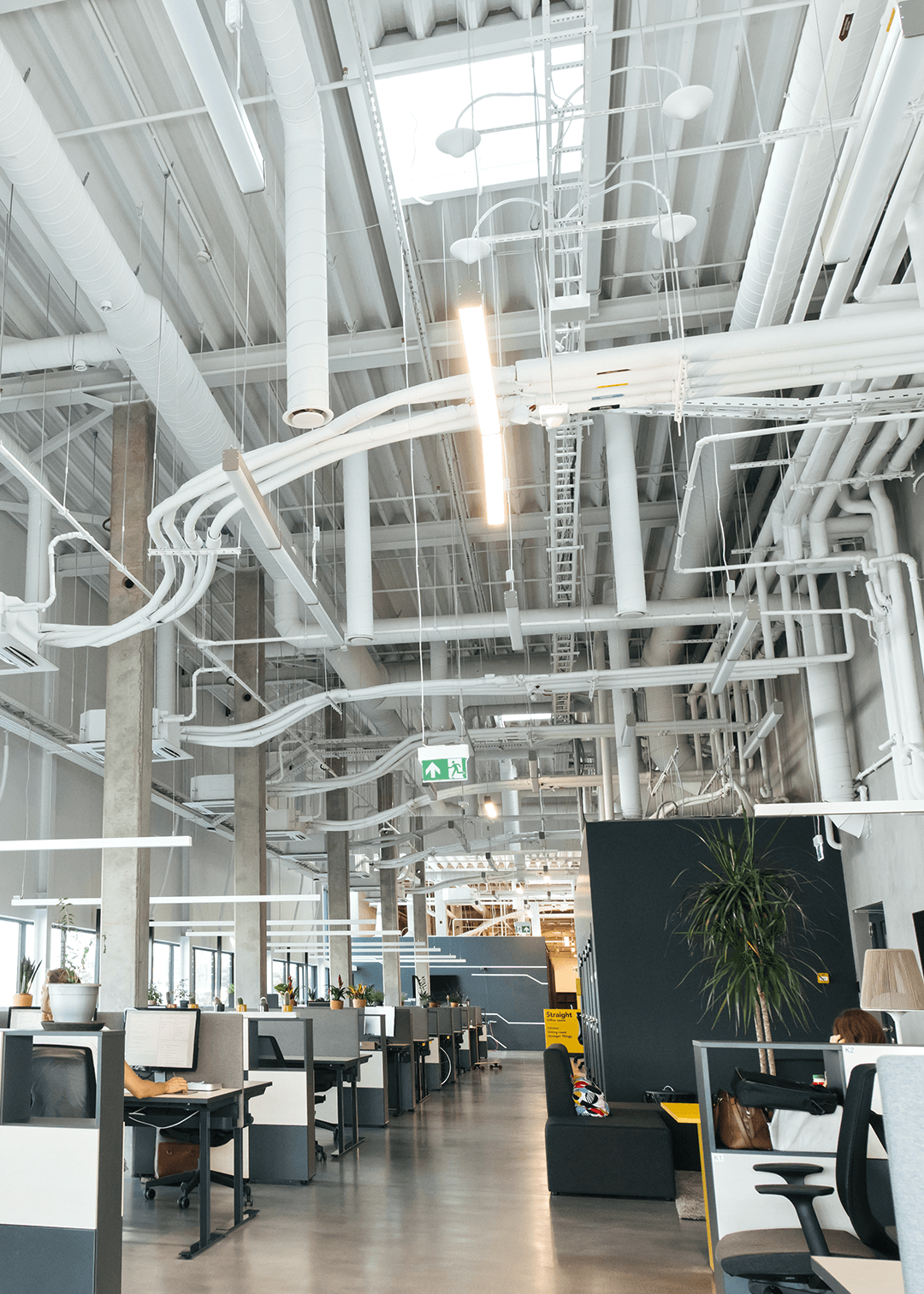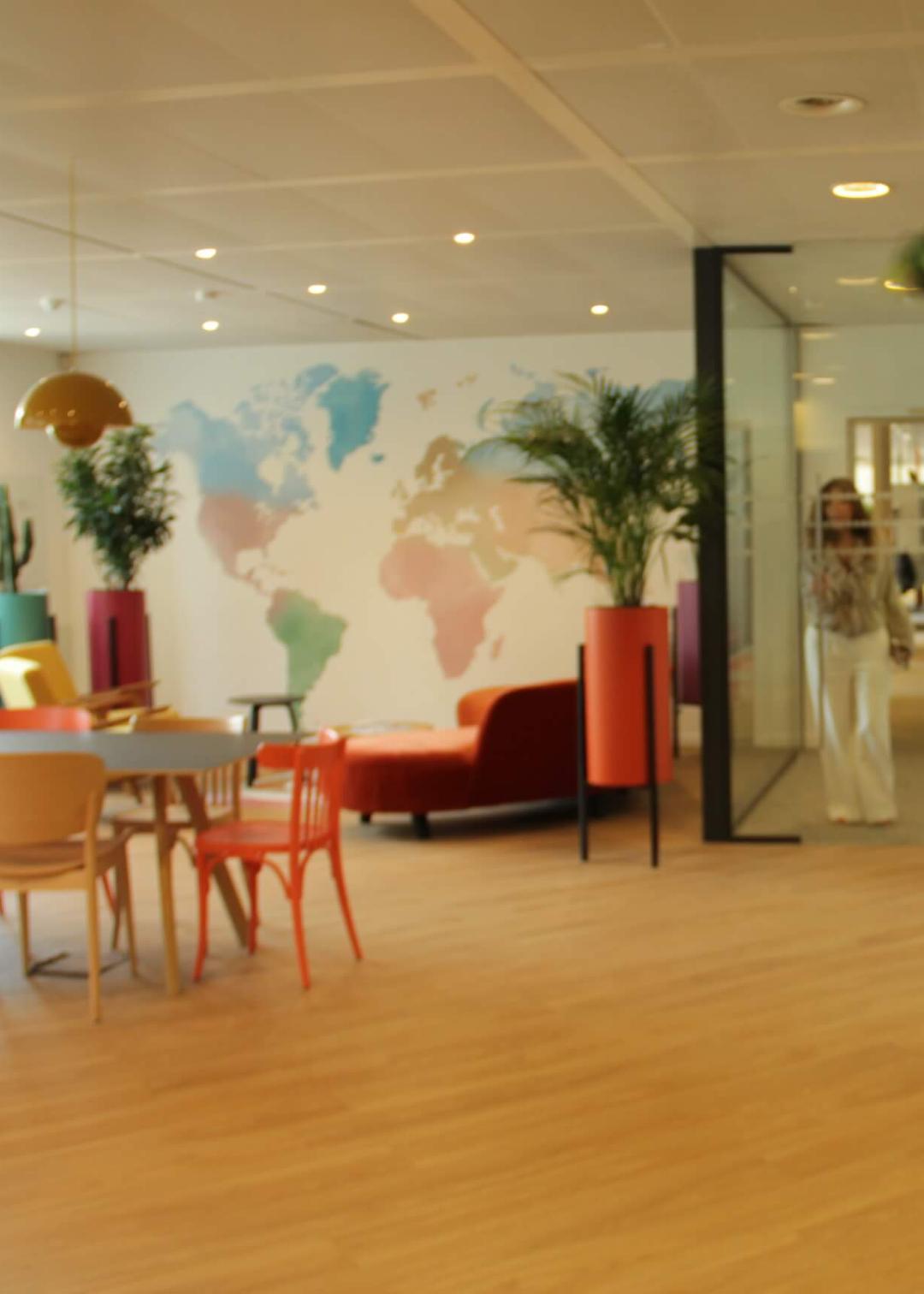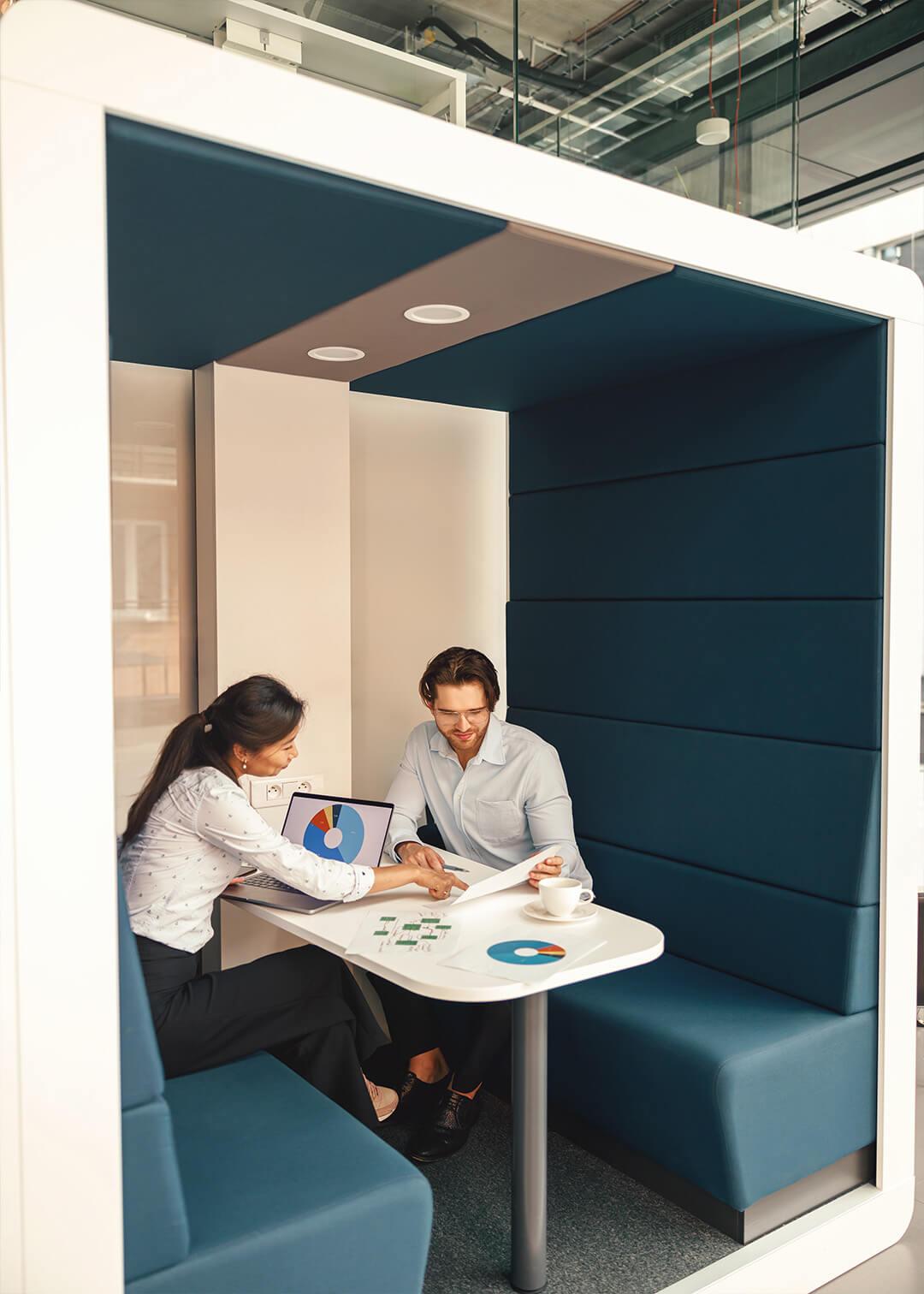The interest of the company requires finding a balance between the individual advantages of teleworking (savings on daily commuting, concentration often favored by working from home, etc.) and collective performance which involves on-site exchanges ("capillarity" learning, reflection in collaborative reflection, sharing of intra- and inter-team information, emulation, etc.).
To avoid teleworking which would insidiously degrade the performance of a company, to promote both individual development that collective and to take advantage of the opportunities (notably real estate and environmental) of teleworking, it is fundamental to address hybrid work through 7 pillars.
Pillar n°1: Clear rules of the game
This is obviously the first step; teleworking requires formalizing a few rules. We are of course thinking of the frequency of teleworking but the subjects to be covered are in reality quite numerous: eligibility, periods when the employee must be available, the means they must have, the conditions adapted for certain groups (maternity leave, disability, etc.). ..), monitoring of teleworking, the impact on possible employee benefits, coordination of team presence in the office...
The whole difficulty lies in theneed to offer a frameworkwhich suits the majority and which will nevertheless allow adaptation to particular cases and the diversity of contexts within the company . The approach necessarily starts from management but will also involve different stakeholders (human resources, IT, business functions, staff representative organizations, etc.). Over time, these rules may evolve to take into account experimentation.

Pillar n°2: Real estate and redesigned spaces
Teleworking impactsworkspaces in their volume and in their layout.
The impact on volumes presupposesflex-office. Indeed, rationalizing the real estate footprint implies no longer assigning an individual workstation per employee. Thus, the overall volume of positions could be reduced by taking into account teleworking employees. The impact on volumes could mechanically lead to an impact on locations as part of a reflection on real estate strategy. The stakes are high since teleworking 2 days per week makes it possible to reduce overall real estate costs by 40% (around €4,000 per employee per year). And on the environmental level, ADAME has demonstrated that the carbon footprint can be reduced by +800 eqKgCO2/year, or 10 to 15% of the carbon footprint of each employee.
The impact on the design of workspaces results from the need to give meaning to the presence in the office and to attract employees there. This means very high-quality spaces giving pride of place to collaborative spaces and, in particular, spaces for informal exchanges. Employees come less to the office for desk work or formal meetings but more for spontaneous exchanges and meetings.

Pillar n°3: A relevant service offering
Services have a role to play in promoting on-site presence. Catering often appears to be the number 1 service for bringing employees to the office. The challenges linked to catering will obviously not be the same in offices in city centers and in less dynamic areas. It is not necessarily a question of planning a company restaurant: connected fridges can be a suitable response for employees looking for flexibility and quality.
To facilitate the arrival of employees, in addition to the accessibility of the site itself, certain services are often a plus: electric vehicle charging, secure bicycle storage, ....
Reception and general services could also be strengthened in a "hospitality management" logic to serve visitors (reception of visitors contributes to giving meaning presence in the office) as much as employees (community management, services around meeting rooms, etc.).
Beyond these catering services, mobility or hospitality, many other services can of course be considered depending on the context.

Pillar n°4: Supported managers and employees
Hybrid working changes the rules of everyday life. It adds a new dimension in the role of the manager. They must integrate the organization of presence in the office into their tasks while ensuring that it makes sense. They must avoid disengagement of their teams. They must ensure that information circulates between employees to promote individual development and collective performance.
At the same time, each employee must find a balance between the individual advantages of teleworking and collective performance which requires on-site exchanges.
Hybrid work has become anchored following COVID in a history of pre-existing relationships. But organizations evolve according to departures, arrivals, changes of position or even the growth or decline of activity. It is therefore fundamental to give the keys to teams which will enable them to maintain or even improve individual and collective performance in a hybrid context. This involves training, sharing of good practices and tools.


